The Mercury train, operational from 1936 to 1959, was more than just a mode of transportation; it was a symbol of industrial innovation, art deco elegance, and the golden age of rail travel. Designed by the visionary Henry Dreyfuss, the Mercury captured the spirit of progress and luxury in the Midwest, redefining the train travel experience for decades. Let’s archeology.dulichvn.net dive into the fascinating history, groundbreaking design, and enduring legacy of this iconic train.
The Origins of the Mercury Train
1. The Need for Speed and Style
In the 1930s, railroads were competing fiercely with automobiles and airplanes for passenger travel. To stay relevant, rail companies needed trains that offered speed, comfort, and an unforgettable aesthetic. The New York Central Railroad recognized this demand and commissioned a revolutionary new train for the Midwest market—the Mercury.
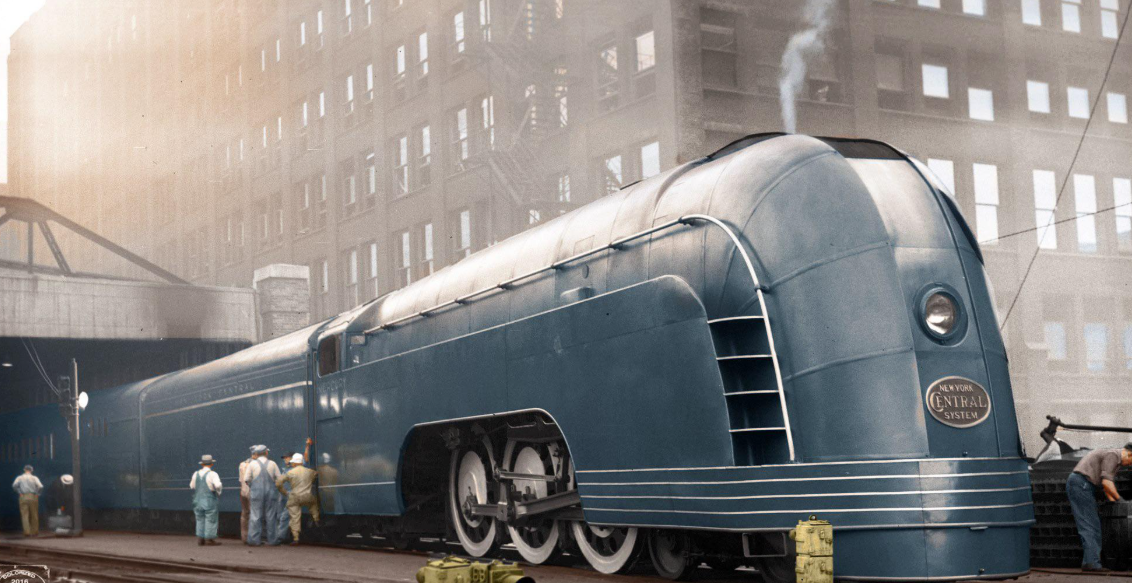
2. Enter Henry Dreyfuss
Henry Dreyfuss, already known for his cutting-edge designs, was brought on board to create the Mercury. His mission was to craft a train that was not only fast and functional but also exuded modern elegance.
3. Launching the Mercury
The Mercury began its service in 1936, running routes between major Midwest cities, including Detroit, Cleveland, and Chicago. It quickly gained a reputation as one of the most stylish and efficient passenger trains of its era.
See more: Unearthing History: A 4,000-Year-Old Painted Pottery from the Indus Valley Civilization
Innovative Design of the Mercury
1. A Masterpiece of Streamlining
The Mercury’s design was a celebration of the art deco movement and the era’s obsession with streamlining. Every element of the train, from its sleek, bullet-like locomotive to its smooth passenger cars, was meticulously crafted to reduce air resistance and enhance speed.
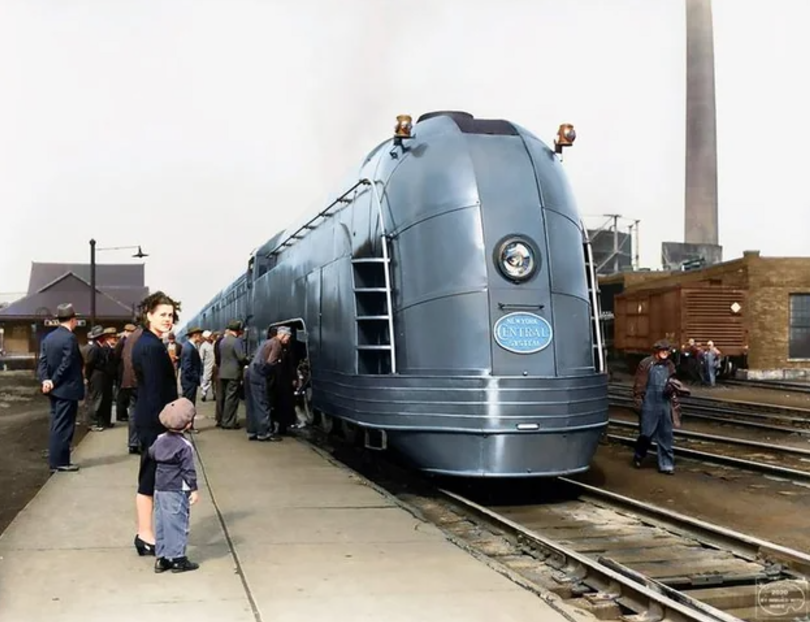
- The train’s exterior featured polished steel and aerodynamic curves, giving it a futuristic appearance.
- Windows were arranged to provide passengers with panoramic views, a novelty at the time.
2. Integrated Interiors
Dreyfuss didn’t just design the Mercury’s exterior; he also reimagined the interiors to create a seamless and luxurious experience.
- Spacious Seating: Ergonomically designed for comfort during long journeys.
- Dining Cars: adorned with modernist motifs and equipped with gourmet kitchens to serve fine meals.
- Observation Lounges: Perfect for passengers to relax while enjoying scenic Midwest landscapes.
3. Functional and Efficient
The Mercury wasn’t just about aesthetics; it was built for performance.
- Powered by advanced steam locomotives, it offered reliable and fast service.
- Innovations in suspension systems ensured a smooth ride, even at high speeds.
The Mercury Experience
1. Luxury for the Middle Class
Unlike many luxury trains that catered exclusively to the wealthy, the Mercury was designed to make elegance and comfort accessible to middle-class travelers. Its affordability combined with upscale features made it a favorite for business and leisure travelers alike.
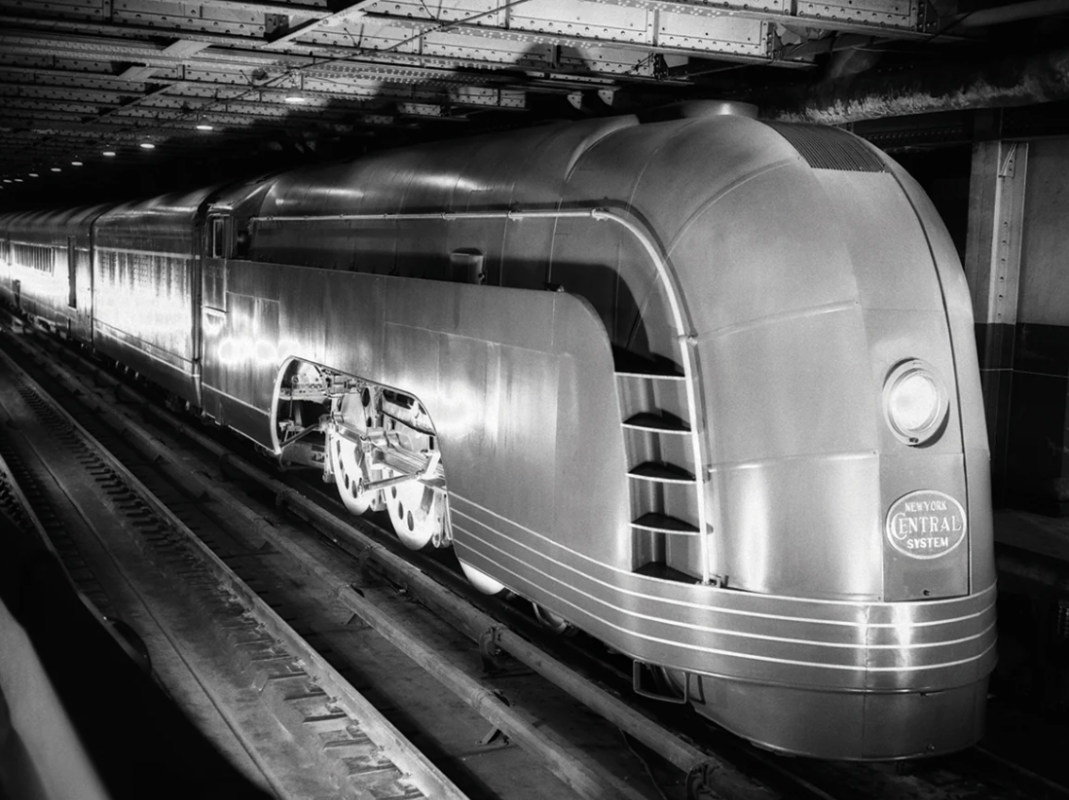
2. A Midwest Icon
The Mercury connected key Midwest cities, becoming a symbol of regional pride. It represented progress and modernity, reflecting the industrious spirit of the Midwest during the mid-20th century.
3. Celebrity Status
The Mercury’s sleek design and luxurious service often attracted celebrities, politicians, and business leaders. It became a cultural icon, frequently featured in advertisements and popular media of the time.
See more: Daulatabad Fort: A Timeless Fortress of Strength and Strategy
Challenges and Decline
1. Rise of Automobiles and Airplanes
Despite its popularity, the Mercury faced stiff competition from the growing affordability and convenience of cars and planes. By the late 1950s, train travel had begun to decline across the United States.
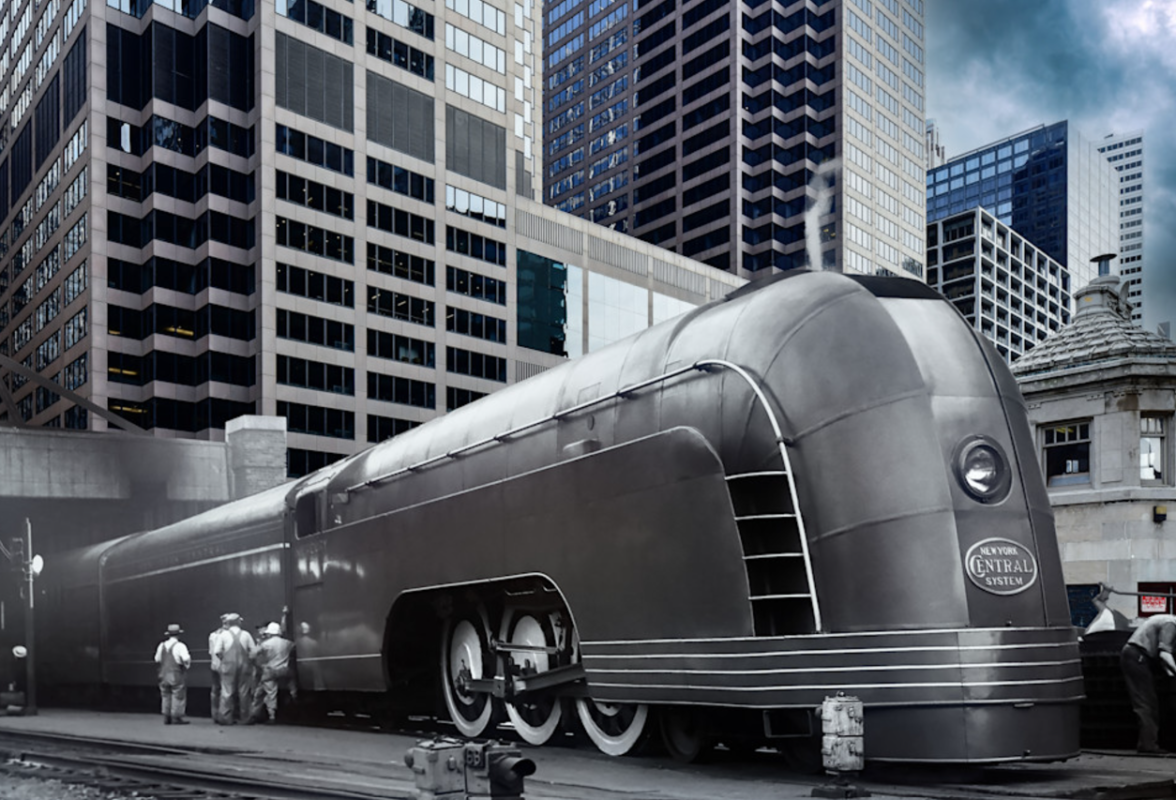
2. Aging Infrastructure
As the Mercury aged, it became harder to maintain its once state-of-the-art equipment. The New York Central Railroad also struggled financially, which affected the train’s operations and upkeep.
3. End of Service
In 1959, the Mercury was retired, marking the end of an era. Though it ceased operations, its impact on train travel and industrial design remained.
The Legacy of the Mercury Train
1. Inspiration for Modern Train Design
The Mercury set a benchmark for combining functionality with aesthetic appeal. Its influence can be seen in the design of modern high-speed trains, which continue to prioritize streamlining and passenger comfort.
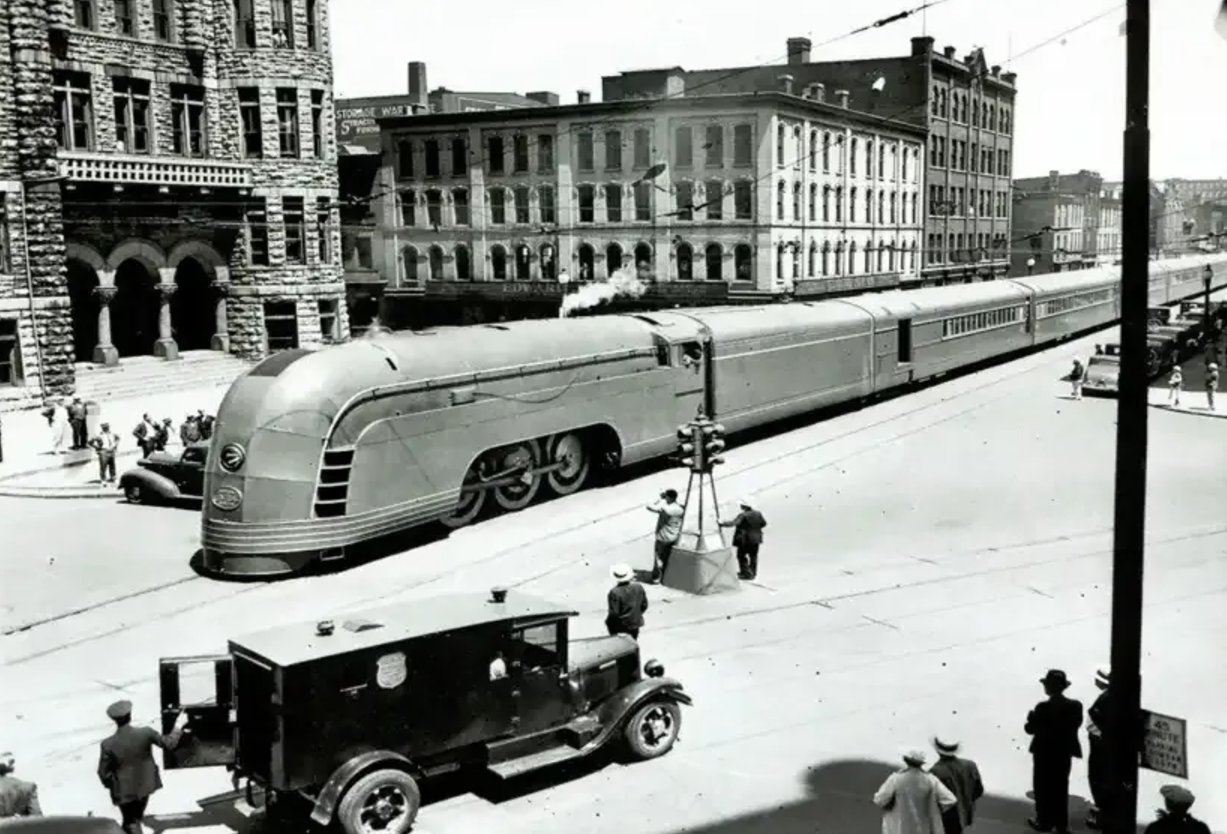
2. A Case Study in Industrial Design
Henry Dreyfuss’s work on the Mercury remains a hallmark of industrial design. The train is frequently studied in design schools for its innovative approach to integrating form and function.
3. Cultural Significance
Today, the Mercury is celebrated as a symbol of a bygone era when train travel was glamorous and central to American life. Its legacy lives on in museums, historical exhibitions, and the memories of those who experienced its magic.
Conclusion: A Timeless Icon of Innovation
The Mercury train wasn’t just a means of transportation; it was a statement about the possibilities of design and technology. From its sleek, aerodynamic body to its luxurious interiors, the Mercury represented the pinnacle of 1930s innovation and style.
Though it is no longer in service, the Mercury remains a testament to an era when trains ruled the Midwest, embodying the spirit of progress and modernity. Henry Dreyfuss’s vision continues to inspire designers, engineers, and rail enthusiasts, proving that great design truly stands the test of time.

CÁC TIN KHÁC
Mark Twain & Olivia Langdon: A 36-Year Love Story Filled with Laughter and Devotion
The Tollund Man: A 2,400-Year-Old Mystery Preserved in a Danish Bog
Skara Brae: Scotland’s Hidden Neolithic Village
Porta Nigra: The Hidden Depths of Trier’s Iconic Roman Gate